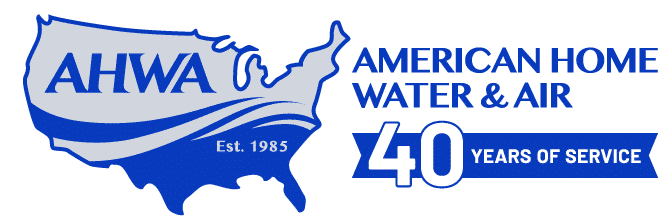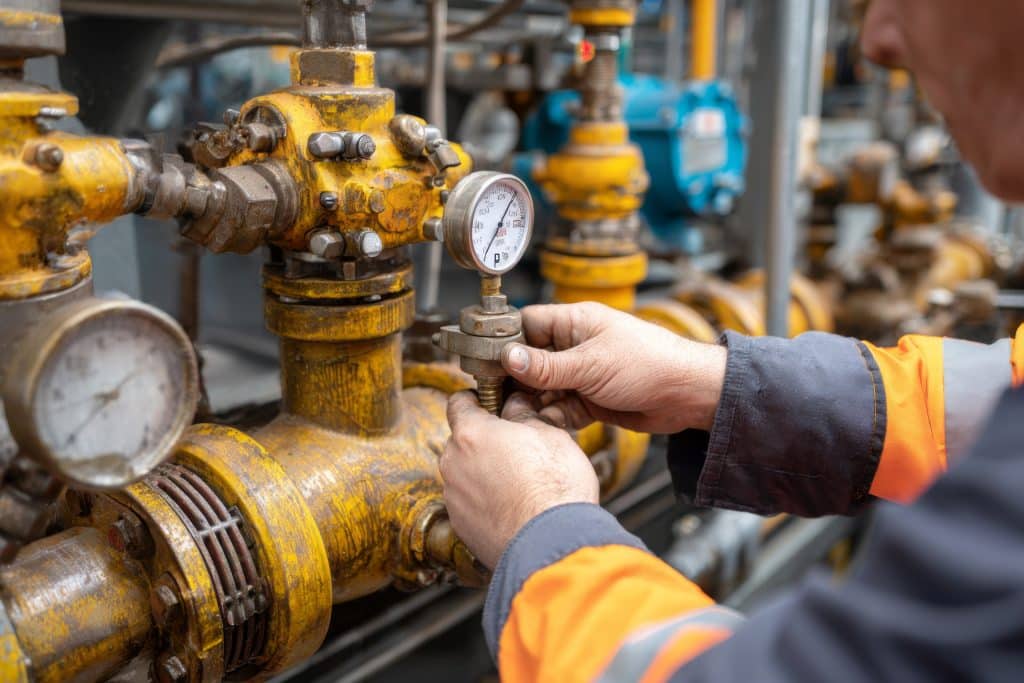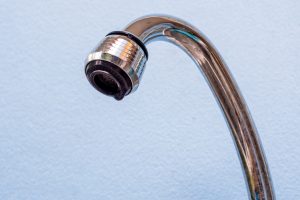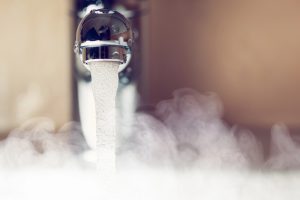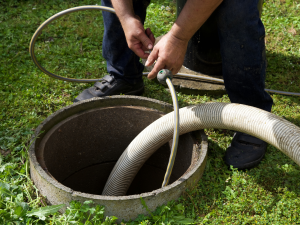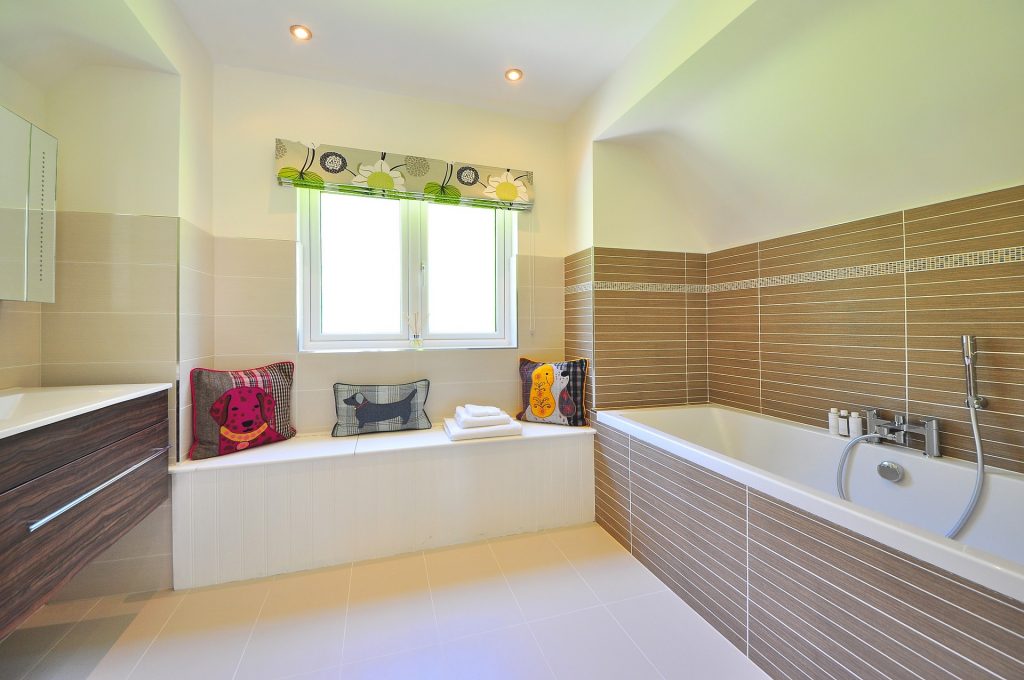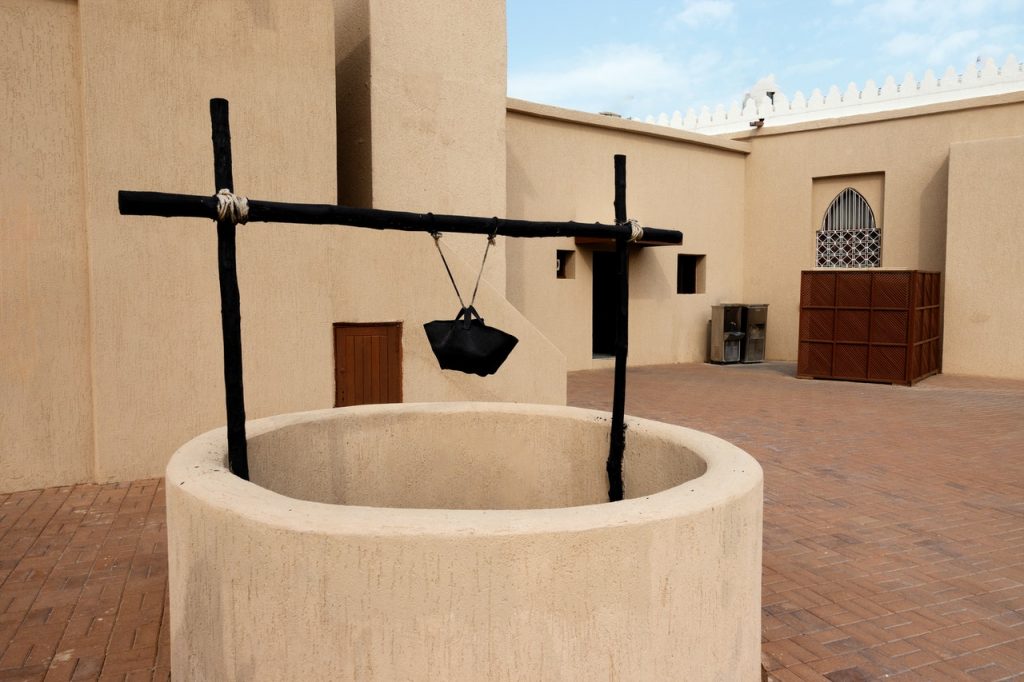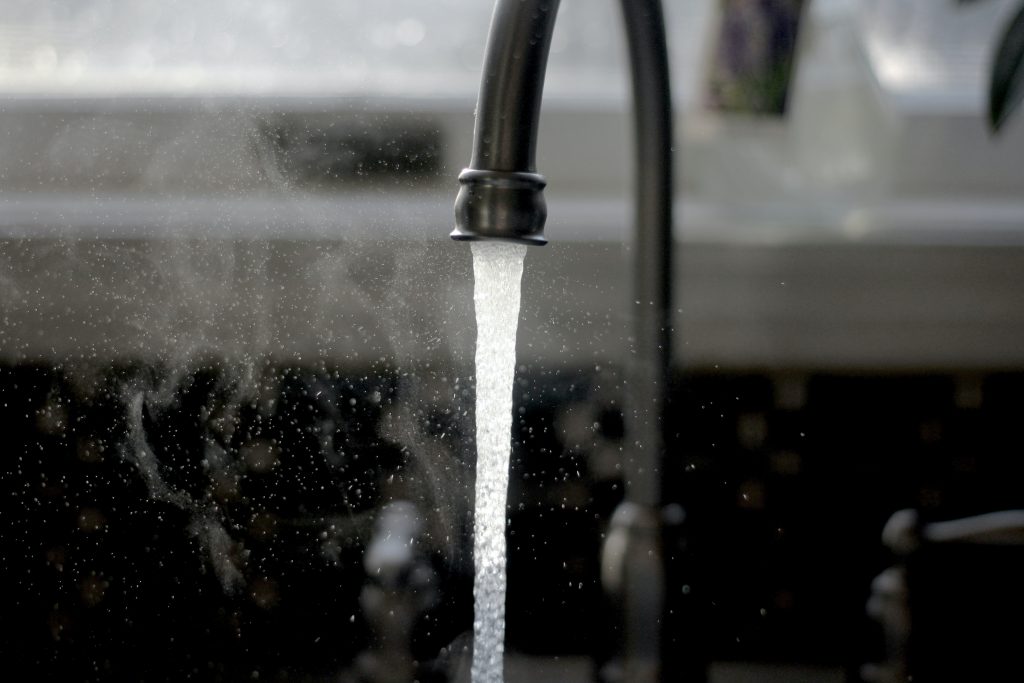| Key Takeaway: Adjusting a pressure reducing valve (PRV) is essential for maintaining optimal water pressure in your home’s plumbing system, which helps prevent damage and enhances appliance efficiency. By reducing excessive water pressure, you can avoid costly repairs related to pipe bursts and leaks. It’s crucial to follow a step-by-step adjustment process or consult a professional for guidance to ensure safety and effectiveness. |
Managing water pressure in your home is vital for maintaining a comfortable and efficient living environment. A well-functioning plumbing system can greatly improve daily activities like showering and washing dishes. One key component in achieving the right balance is the pressure-reducing valve adjustment. This process ensures that your water pressure remains at an optimal level, preventing potential damage to your plumbing system and appliances.
A pressure-reducing valve (PRV) plays an essential role in maintaining appropriate water pressure levels throughout your home. By automatically adjusting the pressure, it helps protect your pipes and appliances from the strain of high water pressure. This not only extends the life of your plumbing system but also enhances the overall efficiency of water usage in your household.
This guide will walk you through understanding PRVs, recognizing when adjustments are needed, and safely performing a pressure-reducing valve adjustment. By following these steps, you can ensure that your home’s water pressure remains balanced, avoiding costly repairs and enhancing your daily comfort. Remember, it’s always a great idea to consult a professional for added guidance so that you can make the best decision for your home.
Understanding Pressure Reducing Valves
A pressure-reducing valve is a device installed in your home’s plumbing system to regulate water pressure. It works by reducing the incoming water pressure from the main supply line to a level that is safe and functional for your home. This prevents excessive force on pipes and appliances, which can lead to wear and tear over time.
Controlling water pressure is critical for preventing plumbing issues such as pipe bursts. High water pressure can cause pipes to burst, leading to significant water damage and costly repairs. To understand more about how excessive water pressure can lead to such problems, you can explore the detailed explanations on what causes pipes to burst.
Having optimal water pressure offers numerous benefits for everyday activities. Whether you’re showering, washing dishes, or doing laundry, the right water pressure ensures that these tasks are performed efficiently and comfortably. It also helps in reducing energy consumption, as appliances like dishwashers and washing machines operate more effectively with balanced water pressure.
Signs You Need to Adjust Your PRV
Recognizing when to adjust your PRV can save you from unnecessary expenses and discomfort. Common indicators include fluctuating water pressure, which might manifest as inconsistent shower temperatures or varying flow rates from faucets. Additionally, if you notice an unexplained increase in your water bill, it could be due to excessive water pressure causing leaks or inefficiencies. For more information on how water pressure can affect utility costs, consider reviewing data on the average water bill in Phoenix.
Scenarios illustrating these signs often involve sudden changes in water flow or noise from pipes due to high pressure. You might also experience dripping faucets or running toilets, which are often symptoms of excessive pressure. These issues not only waste water but can also lead to more severe plumbing problems if left unaddressed.
Addressing these signs promptly by adjusting your PRV can prevent further complications. Ensuring that your PRV is set correctly helps maintain a stable and efficient plumbing system, ultimately saving you money and enhancing the comfort of your home. If you’re uncertain about making adjustments yourself, consulting a professional can provide peace of mind and ensure that your system operates smoothly.
Important Facts About Pressure Reducing Valve Adjustment
|
Preparation Steps Before Adjustment
Before diving into a pressure-reducing valve adjustment, it’s essential to prepare adequately. Start by gathering the necessary tools, such as a wrench and a pressure gauge. These tools will help you measure and adjust the water pressure accurately. Safety should always be a priority, so ensure you wear protective gloves and goggles to prevent any accidental injuries.
Additionally, familiarize yourself with the location of the main water shut-off valve in your home. This knowledge is crucial in case you need to quickly stop the water flow during the adjustment process. If you’re unsure about any part of the procedure, it’s always a great idea to consult a professional for added guidance so that you can make the best decision for your home.
Taking these preparation steps seriously can make the adjustment process smoother and more efficient. It also minimizes the risk of causing any unintended damage to your plumbing system, ensuring that your home maintains optimal water pressure.
Step-by-Step Guide to PRV Adjustment
Adjusting a pressure-reducing valve can be straightforward if done carefully. Begin by turning off the main water supply to prevent any water flow during the adjustment. Next, use a wrench to loosen the locknut on the PRV. This step allows you to access the adjustment screw.
To reduce water pressure, turn the adjustment screw clockwise. Conversely, turning it counterclockwise will increase the pressure. It’s important to make small adjustments and test the pressure with a gauge after each turn to ensure you reach the desired level.
Once you’ve achieved the correct pressure, tighten the locknut back into place to secure your adjustments. Finally, turn the water supply back on and check for any leaks or irregularities in water flow. This step-by-step approach ensures that your plumbing pressure valve functions optimally.
Common Mistakes to Avoid During Adjustment
When adjusting a PRV, homeowners often make some common mistakes that can lead to complications. One frequent error is making large adjustments all at once. This approach can result in significant pressure changes that might stress your plumbing system.
Another mistake is neglecting to check for leaks after making adjustments. Incorrect settings may lead to leaks, which can cause water damage over time. For more insights on potential leak outcomes, consider exploring reasons and solutions for water softener leaks.
Lastly, failing to use a pressure gauge for verification can result in inaccurate adjustments. Always measure before and after adjusting to ensure that you have achieved the desired pressure level, avoiding unnecessary strain on your plumbing system.
When to Call a Professional
While many homeowners can handle basic PRV adjustments, certain situations call for professional expertise. If you experience persistent pressure issues even after adjustments, it might indicate a more complex problem within your plumbing system.
Additionally, if you’re uncomfortable performing the adjustment or lack the necessary tools, seeking professional help is wise. Professionals can provide more comprehensive services, including complex plumbing inspections, ensuring that your system is in top condition.
Knowing when to call in an expert not only saves time but also prevents potential damage from incorrect DIY attempts. It ensures that your home’s plumbing remains efficient and reliable.
Pressure Reducing Valve FAQs
What tools are needed for PRV adjustment?
Can high water pressure damage appliances?
How often should a PRV be checked?
Are there different types of PRVs?
Is professional help obligatory for PRV issues?
Ensuring Consistent Water Flow
Maintaining the right water pressure in your home can make a significant difference in both comfort and cost. A well-adjusted pressure-reducing valve (PRV) not only helps safeguard against excessive pressure that may lead to plumbing problems but also ensures a smoother water flow for daily activities like showering and washing dishes. By keeping water pressure in check, homeowners may avoid the risk of pipe bursts and the resultant costly repairs. This proactive approach can enhance the longevity of your plumbing system, making it a wise investment.
Adjusting your PRV might initially seem like a daunting task, but with the right guidance, it becomes manageable. By following the step-by-step process outlined earlier, you can confidently make adjustments that suit your home’s unique needs. Remember, there is no one-size-fits-all solution for water treatment, and consulting a professional can provide tailored advice. Proper PRV adjustment can also lead to more efficient water usage, potentially lowering your utility bills and contributing to a more sustainable household. Whether you choose to tackle this task on your own or call in an expert, keeping your water pressure at optimal levels is a crucial aspect of home maintenance.
Next Steps
Mastering the art of PRV adjustments plays a vital role in effective home plumbing management. Understanding how to adjust your pressure-reducing valve empowers you to maintain your home’s water system efficiently. While it may seem like a minor detail, the impact of properly managed water pressure extends to various facets of home life, from the enjoyment of a steady shower to the protection of your plumbing infrastructure.
Take a moment to assess your current water pressure situation. If you notice any irregularities or persistent issues, it might be time to take action. For those who prefer professional guidance, scheduling a plumbing inspection can provide peace of mind and ensure that your system is functioning optimally. Don’t wait for a small issue to become a major problem. Schedule a plumbing inspection today and take the first step toward a more efficient and comfortable home.
Schedule a plumbing inspection
